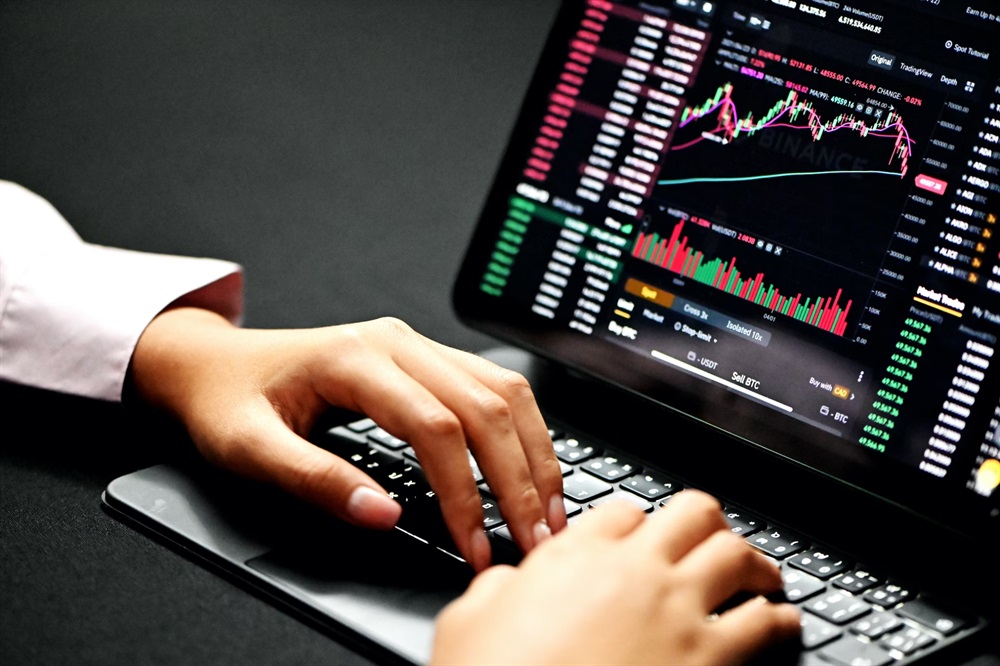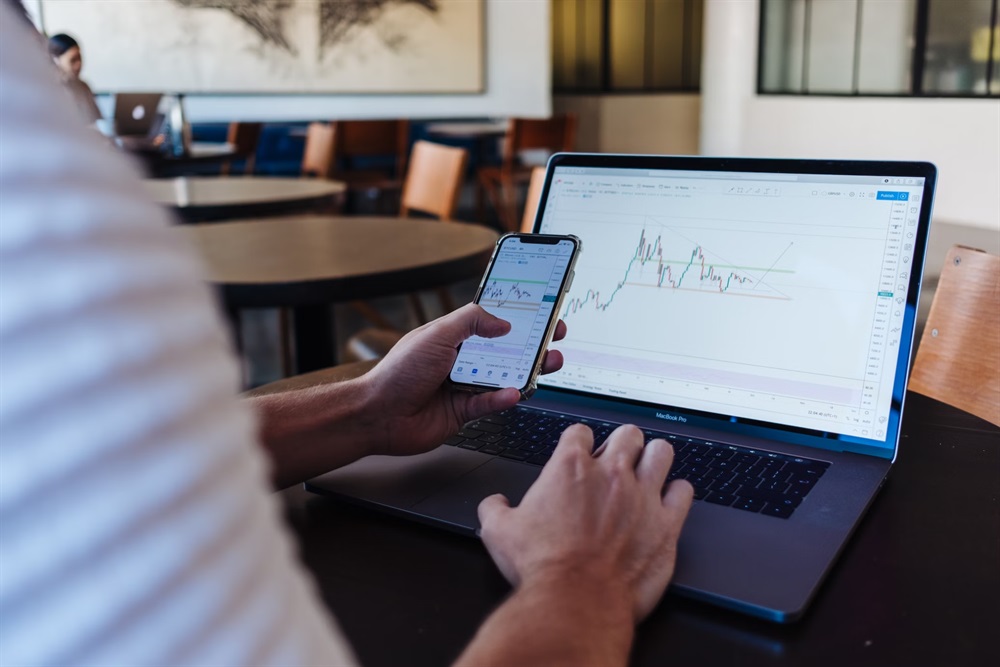How to Navigate the Forex Trading Dynamics in Italy Effectively
Are you interested in trading the dynamic Forex markets of Italy? The foreign exchange market is one of the largest and most liquid financial markets in the world – but it can also be incredibly intimidating to enter for first-time traders. Fortunately, with a few tips and strategies, you can successfully navigate this ever-changing terrain. In this blog post, we’ll share our insights into how to make wise decisions when trading FX in Italy, from choosing your broker wisely to understanding the most important metrics controlling currency trades. Let’s get started!

Italian Forex Market Overview
Italy represents one of the significant players in the European Forex market due to its robust economy and heavy trading volume. The country’s currency, the Euro, is the second most traded currency in the world, offering ample opportunities for traders all around the globe. If we look at consob regulated forex brokers in Italy, the total trading volume is estimated to be around $650 billion daily. This makes it a highly attractive market for both experienced and novice traders alike. The Italian Forex market is primarily influenced by foreign trade, tourism, and foreign investments, making it highly sensitive to global economic conditions.
Currency Pairs and Economic Factors
When trading Forex in Italy, it“s crucial to understand the concept of currency pairs. Essentially, currency pairs represent the value of one currency against the value of another. The most traded currency pair involving the Euro is the EUR/USD, which involves the European Union”s Euro and the United States Dollar. Other popular pairs include EUR/GBP (Euro and British Pound) and EUR/JPY (Euro and Japanese Yen).
Forex trading in Italy is greatly influenced by a range of economic factors. Primarily, these include interest rates, inflation, political stability, and economic performance indicators. Higher interest rates can attract foreign investors looking for the best return on their investments, which can strengthen the Euro. Conversely, inflation can devalue the currency. Political stability and performance indicators such as GDP growth, employment rates, and trade balance also play a significant role in determining the strength of the Euro. Understanding these factors offers a solid foundation for successfully navigating the Italian Forex market.
Trading Strategies for the Italian Market
Trading in the Italian Forex market requires a blend of technical analysis, risk management, and a deep understanding of the economic indicators that influence the Euro.
Technical Analysis
Technical analysis is a strategy used to predict future market trends by analyzing past market data, primarily price and volume. Chart patterns such as the head and shoulders, cup and handle, and double top are commonly used in Forex trading. Traders also use technical indicators like Moving Average Convergence Divergence (MACD), Relative Strength Index (RSI), and Bollinger Bands to predict future price movements.
Fundamental Analysis
Fundamental analysis involves evaluating the intrinsic value of a currency by examining related economic and financial factors. For the Italian Forex market, pay close attention to the economic calendar. Look out for data releases such as GDP, employment rates, and inflation, as these can trigger significant price movements. News about political stability, economic policies, and Italy’s trade relations can also impact the Forex market.
Risk Management
Risk management is crucial in Forex trading. Traders should always have a clear plan and stick to it. One popular strategy is the use of stop-loss orders, which close a trade when the price reaches a certain level, thus preventing further losses. Traders should also only risk a small percentage of their capital on each trade to protect their portfolio from a single damaging loss.
While these strategies are valuable, they do not guarantee success. Forex trading in Italy, as in any market, involves significant risk, and traders should constantly monitor market conditions and adjust their strategies accordingly.
Italian Economic Indicators
Understanding key Italian economic indicators is essential for effectively trading the Italian Forex market. Here are some of the most relevant indicators to monitor:
● Gross Domestic Product (GDP): This measures the economic output of Italy and is a direct indicator of the strength of the economy. High GDP growth typically strengthens the Euro, while low or negative growth can weaken it.
● Consumer Price Index (CPI): This indicator measures inflation in Italy. Rising inflation can lead to higher interest rates, which could potentially strengthen the Euro. On the other hand, low or negative inflation can reduce interest rates, potentially weakening the currency.
● Unemployment Rate: This represents the percentage of the Italian workforce that is jobless and actively seeking employment. High unemployment rates can weaken the Euro, while low rates can strengthen it.
● Industrial Production: This metric indicates the output of Italy’s manufacturing sector, a significant component of the Italian economy. A rise in industrial production often strengthens the Euro, while a decline might weaken it.
● Trade Balance: This is the difference between Italy’s exports and imports. A trade surplus (more exports than imports) can bolster the Euro, while a trade deficit (more imports than exports) can weaken it.
Risk Factors and Mitigation Strategies
As with any investment, Forex trading in Italy comes with inherent risks. However, traders can mitigate these risks by implementing the following strategies:
● Diversification: Instead of focusing on a single currency pair, diversify your trades across different pairs to spread risk.
● Proper Education: As with any new venture, education is crucial. Take time to understand the market and develop skills to make informed trading decisions.
● Moderate Leverage: While leverage can amplify profits, it can also magnify losses. Use leverage sparingly to protect your capital from significant swings in the market.
● Staying Informed: Stay updated on global news and economic events that may impact the Italian Forex market. This will allow you to make more informed judgments and adjust your methods as needed.
● Risk Management Tools: Use risk management tools such as stop-loss orders and limit orders to protect your trades from potential losses.

Choosing the Right Forex Broker
Choosing the right Forex broker is a crucial step in your Forex trading journey. A well-regulated broker can offer a secure platform, competitive spreads, and superior trading tools that can enhance your trading experience. Some of the factors to consider when choosing an Italian Forex broker include regulation, trading platform, fees and commissions, customer service, and available trading instruments. It’s also essential to research the broker’s reputation by reading reviews and checking their regulatory status.
Legal and Regulatory Landscape
Navigating the legal and regulatory landscape is essential for successful Forex trading in Italy. The principal regulator of Forex brokers in Italy is the Commissione Nazionale per le Società e la Borsa (CONSOB). CONSOB oversees securities market participants, enforces rules to protect investors, and ensures integrity in market transactions.
Italian Forex brokers are also regulated by higher European authorities such as the European Securities and Markets Authority (ESMA) and the Markets in Financial Instruments Directive (MiFID). These provide a harmonized regulatory framework for financial services across the European Economic Area (EEA), ensuring investors' protection and promoting fair and transparent markets.
Traders should ensure that their chosen broker is licensed and regulated by these entities to guarantee the safety of their investments. A regulated broker adheres to strict standards, conducts operations transparently, and offers mechanisms to resolve disputes, such as arbitration procedures.
It’s also recommended for traders to familiarize themselves with the applicable tax laws in Italy. Forex trading profits may be subject to capital gains tax, and the rates can vary depending on various factors. Therefore, consulting with a tax professional can be beneficial.
Educational Resources for Italian Traders
Embarking on the Forex trading journey demands constant learning and skill upgrades. Fortunately, there are numerous resources available to Italian traders that can help them learn the ropes of Forex trading and refine their strategies.
Online courses and webinars provide a flexible way to learn new trading techniques. Many reputable brokers offer free educational resources on their websites, covering various topics such as fundamental analysis, technical analysis, and risk management. These can be beneficial for traders of all levels.
Educational articles and e-books are another valuable resource for Italian traders. These cover a wide range of topics, from basic trading concepts to advanced strategies. They can help traders gain a deeper understanding of Forex markets and stay updated on the latest trends.
Demo trading accounts are simulated accounts that allow traders to practice and test their trading strategies without risking real money. Many brokers offer demo accounts with virtual funds, enabling traders to gain hands-on experience and familiarize themselves with the trading platform before committing to real capital.

Building a Forex Trading Plan
Developing a robust Forex trading plan is a crucial step towards becoming a successful trader. A well-thought-out trading plan serves as your roadmap, guiding you through your trading journey, helping you make informed decisions, and reducing emotional trading.
The first step in creating a trading plan is setting realistic and attainable goals. These could be financial goals, such as achieving a certain percentage of profits within a specific period or mastering a particular trading strategy.
Next, decide on the strategies you will use to achieve your goals. As discussed earlier, these can include technical analysis, fundamental analysis, and risk management techniques. Your trading plan should also include a risk management section that outlines how you will protect your capital. This can involve determining the maximum loss you are willing to incur on each trade or using stop-loss orders to limit potential losses.
In conclusion, the Italian Forex market offers lucrative opportunities for traders worldwide. By understanding currency pairs, and economic factors, and implementing effective trading strategies, traders can navigate the market successfully. With proper risk management and a well-thought-out trading plan, Forex trading in Italy can be rewarding and profitable.




